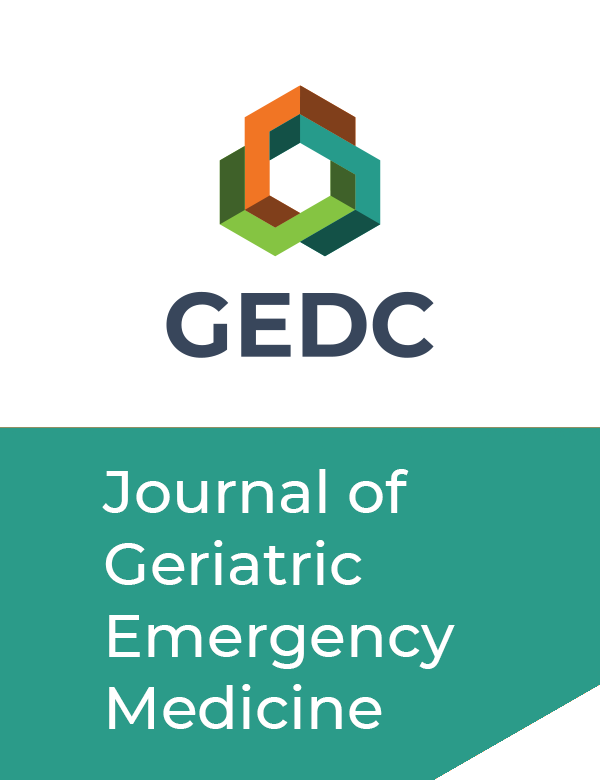Effectively engaging and supporting caregivers will improve the quality of patient care, decrease suffering, and lower costs.
Ten Key Points
-
- Caregiving is very common! In the US, 16.8% of adults over 50 receive care from an estimated 41.8 million adult caregivers. The majority of caregivers are women between the ages of 40-70, and 61% also work other jobs. Caregivers devote an average of 24 hours/week to caregiving duties.
- What do caregivers do? 99% help with IADLs* and 60% help with ADLs**; 58% of caregivers provide medical or nursing care, often with little training. Other essential roles include emotional/social support, care coordination, advocacy, and surrogacy.
- Identify caregivers. Ask patients who helps at home and what type of help they receive. Record responses and contact information in the initial clinical documentation so that it is readily accessible to team members.
- Explicitly invite caregivers onto the healthcare team. Caregivers can be outstanding resources in coordinating complex care plans, but often report not being fully incorporated into the healthcare team. For those with cognitive and/or functional impairment, caregivers are an excellent source of collateral history to clarify the nature of a mental status change or to understand the time course of a presenting illness. Consider asking, “what has changed recently that concerns you?”
- HIPAA, privacy, and caregivers. It is critical to engage caregivers while maintaining an individual’s privacy. HIPAA requires formal permission (advanced directives, POA, HIPAA authorizations) and/or informal permission (asking the patient if it is ok to share information) when disclosing medical information. When a patient is confused or unable to give permission, use your professional judgement.
- Culture and language matter. Caregivers come from all age, race, socioeconomic and cultural backgrounds. Avoid using terms like “burden” or “coping” especially when speaking with someone whose culture may discourage open discussion of negative caregiver experiences.
- Assess caregiver needs. Only 29% of caregivers reported being asked what they needed in order to best care for the recipient, and 26% of caregivers reported difficulty coordinating care. They frequently reported inadequate support, strain, and low confidence in managing caregiving tasks. When working with caregivers, ask, “are you getting enough help?”
- Document risk factors for caregiver stress:
• Lack of choice about caregiving role
• Caregiver lack of social support/social isolation
• Long hours of dementia caregiving
• Financial stress
• Caregiver poor health - Quantify caregiver stress and strain. The Kingston Caregiver Stress Scale (KCSS) can be completed independently by the caregiver or by an ED case manager or geriatric ED RN, in multiple languages. The KCSS is highly rated for neutral language and cultural sensitivity. Alternatives include the Zarit Caregiver Burden Interview and the Modified Caregiver Strain Index. When caregiver strain is present, advise caregivers to obtain professional help for themselves and direct them to additional resources.
- Provide caregivers with resources:
• ED social work consultation
• Temporary respite care
• Local or online support groups
• Educational sites and training video
* IADLs = Independent Activities of Daily Living: shopping, cooking, cleaning, transportation, medication, and finance management
** ADLs = Activities of Daily Living: bathing, dressing, transferring, toileting, feeding, ambulating
Key Words
Caregiver Support, Caregivers, Care Coordination, Advocacy, Surrogacy, Medical Tasks, Kingston Caregiver Stress Scale
Affiliations
Candace Kim, MD
- Division of Geriatrics, School of Medicine, University of California, San Francisco, CA
Todd James, MD
- Division of Geriatrics, School of Medicine, University of California, San Francisco, CA
Dawn Butler JD MSW
- Division of General Internal Medicine and Geriatrics, Indiana University, Indianapolis, IN
Conflicts Of Interest
The authors have no conflicts of interest to report.
Acknowledgements
Corresponding author: Todd James, MD, Division of Geriatrics, School of Medicine, University of California, San Francisco, California, Todd.James@ucsf.edu.
Funding: No funding was provided for this work.
References
- The National Alliance for Caregiving (NAC) and the AARP Public Policy Institute. Caregiving in the U.S. 2020. Available at: https://www.caregiving.org/caregiving-in-the-us-2020/. Accessed 7/14/21.
- Committee on Family Caregiving for Older Adults; Board on Health Care Services; Health and Medicine Division; National Academies of Sciences, Engineering, and Medicine. Families Caring for an Aging America. Schulz R, Eden J, editors. Washington (DC): National Academies Press (US); 2016 Nov 8. PMID: 27905704.
- Swartz K, Collins LG. Caregiver Care. Am Fam Physician. 2019 Jun 1;99(11):699-706. PMID: 31150177.
